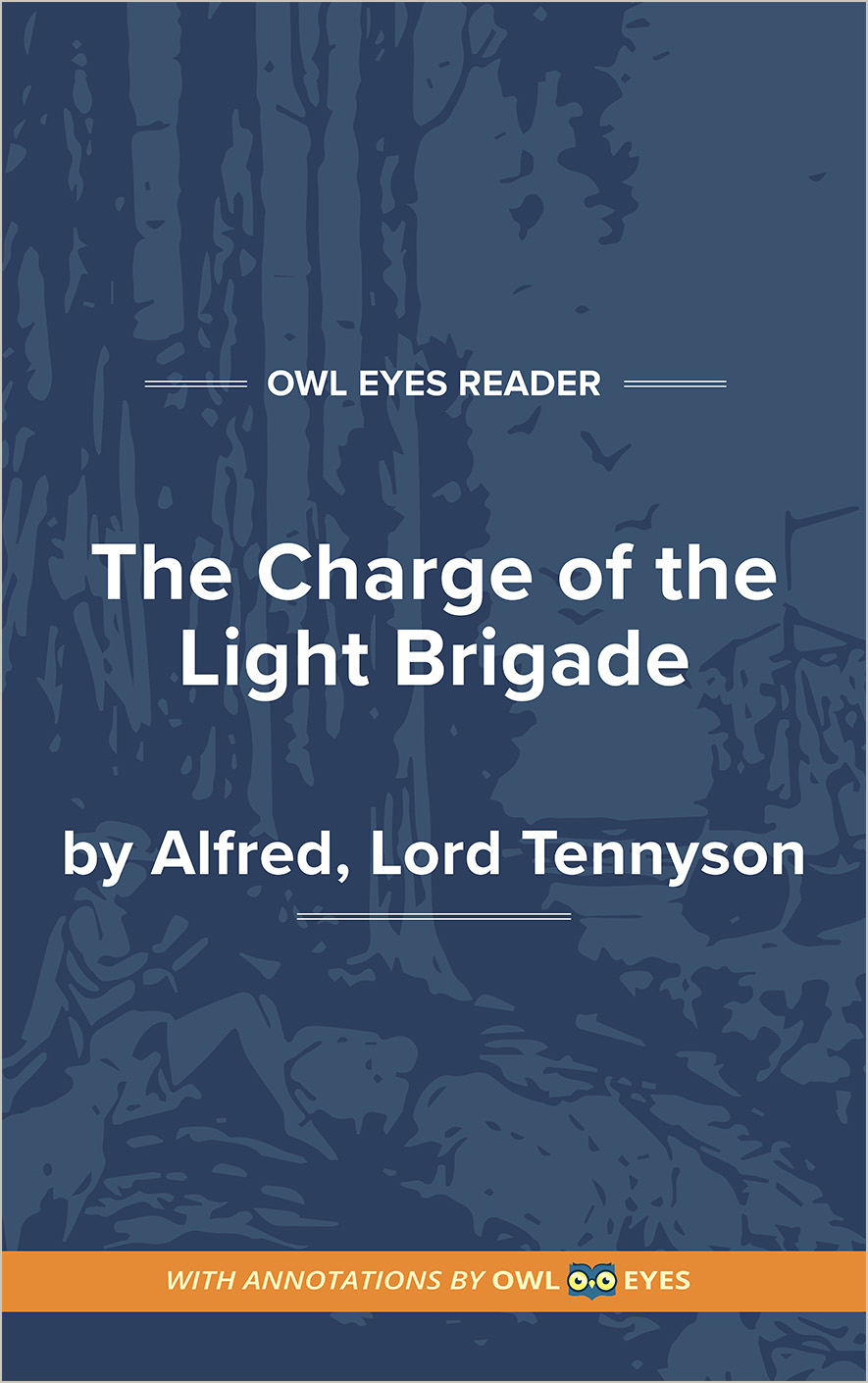Analysis Pages
Alfred, Lord Tennyson Biography
Alfred Tennyson (TEHN-uh-suhn), the fourth son of the Rev. G. C. Tennyson, rector of the parish at Somersby in Lincolnshire, was born in 1809. His literary output began at the age of six, with blank verse scribbled on a slate, and culminated some seventy-five years later with the much-quoted “Crossing the Bar.” In between came poetry that is sometimes magnificent, often vapid and mawkish, but always characteristic of an age alternately self-confident and self-conscious, the age of Victoria.
Somersby was a quiet village with fewer than a hundred inhabitants. Tennyson’s father was talented (a dabbler in poetry, painting, architecture, and music), and his mother, whose maiden name was Elizabeth Fytche, was noted for her gentleness and sweet disposition. In this setting Tennyson’s talent developed early. While he was attending Louth Grammar School he broke into print with Poems by Two Brothers, a collection which actually contained the works of three members of a talented family—Alfred, Frederick, and Charles. This juvenile volume shows the influence of George Gordon, Lord Byron, whom Alfred admired so greatly that when he heard of his death he took a lonely, sad walk and carved into the sandstone, “Byron is dead.”
In 1828 Tennyson went to Trinity College, Cambridge. There he took an interest in politics and became a member of the Apostles, a club of young literary men. Among these friends was Arthur Henry Hallam, whose later death at the age of twenty-three so affected Tennyson that he published nothing for ten years. Hallam is elegized in In Memoriam, a loose collection of philosophical lyrics that seems to be groping for, but never quite reaching, the handhold of faith. At Cambridge Tennyson won the chancellor’s medal for his poem “Timbuctoo,” and it was there he brought out in 1830 his first important volume, Poems, Chiefly Lyrical. Although some of the reviews of this book were unkind, perhaps justifiably so, and although the influence of another Romantic poet, John Keats, is very evident, the volume marked the beginning of a career almost unmatched in popularity for a poet during his lifetime.
Two years later came another volume, which included “The Lady of Shalott” and “The Lotus Eaters,” two poems in the smooth, melancholy tone of Tennyson at his best. Then came Hallam’s death and the ten years of silence. Hallam was Tennyson’s close friend and the fiancé of his sister Emily; when Tennyson heard the news of his unexpected death in Vienna, he was shocked and shaken. Later he began working on In Memoriam, a labor that lasted for seventeen years. Not until 1842 did Tennyson publish again, bringing out two volumes, one of which contained “Morte d’Arthur,” the beginning of a series on the Arthurian legends which became Idylls of the King. Also in 1842 appeared “Locksley Hall,” one of Tennyson’s most popular poems.
Tennyson’s most auspicious year was 1850. After unwise speculation had left him penniless and two bouts with nervous prostration had damaged his health, his affairs took a threefold upsurge: He married Emily Sellwood, he published In Memoriam , and he was appointed poet laureate to succeed William Wordsworth. Outstanding among his “official” poems as laureate is his...
(The entire page is 817 words.)
Owl Eyes subscribers get unlimited access to our expert annotations, analyses, and study guides on your favorite texts. Master the classics for less than $5/month!

